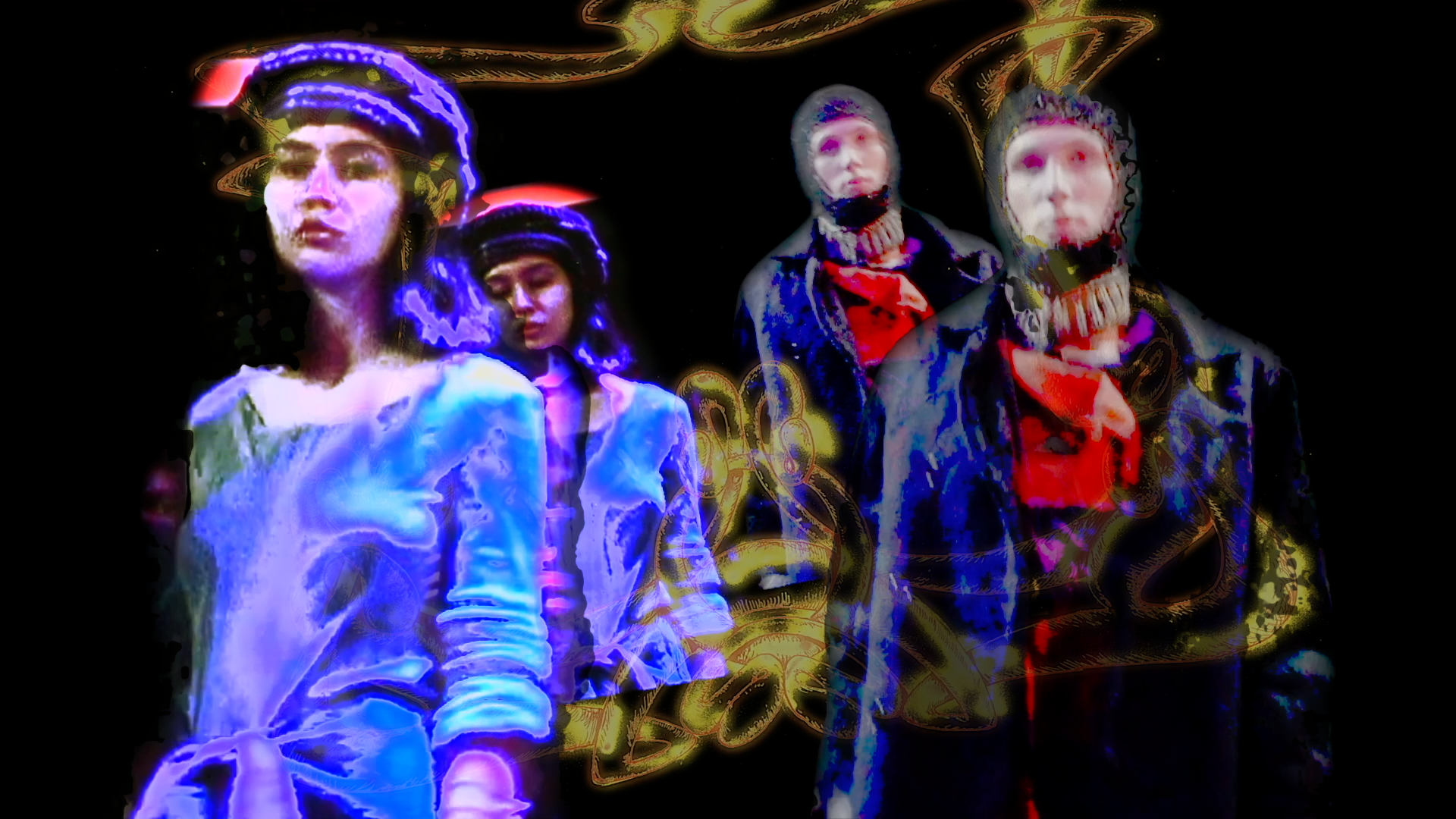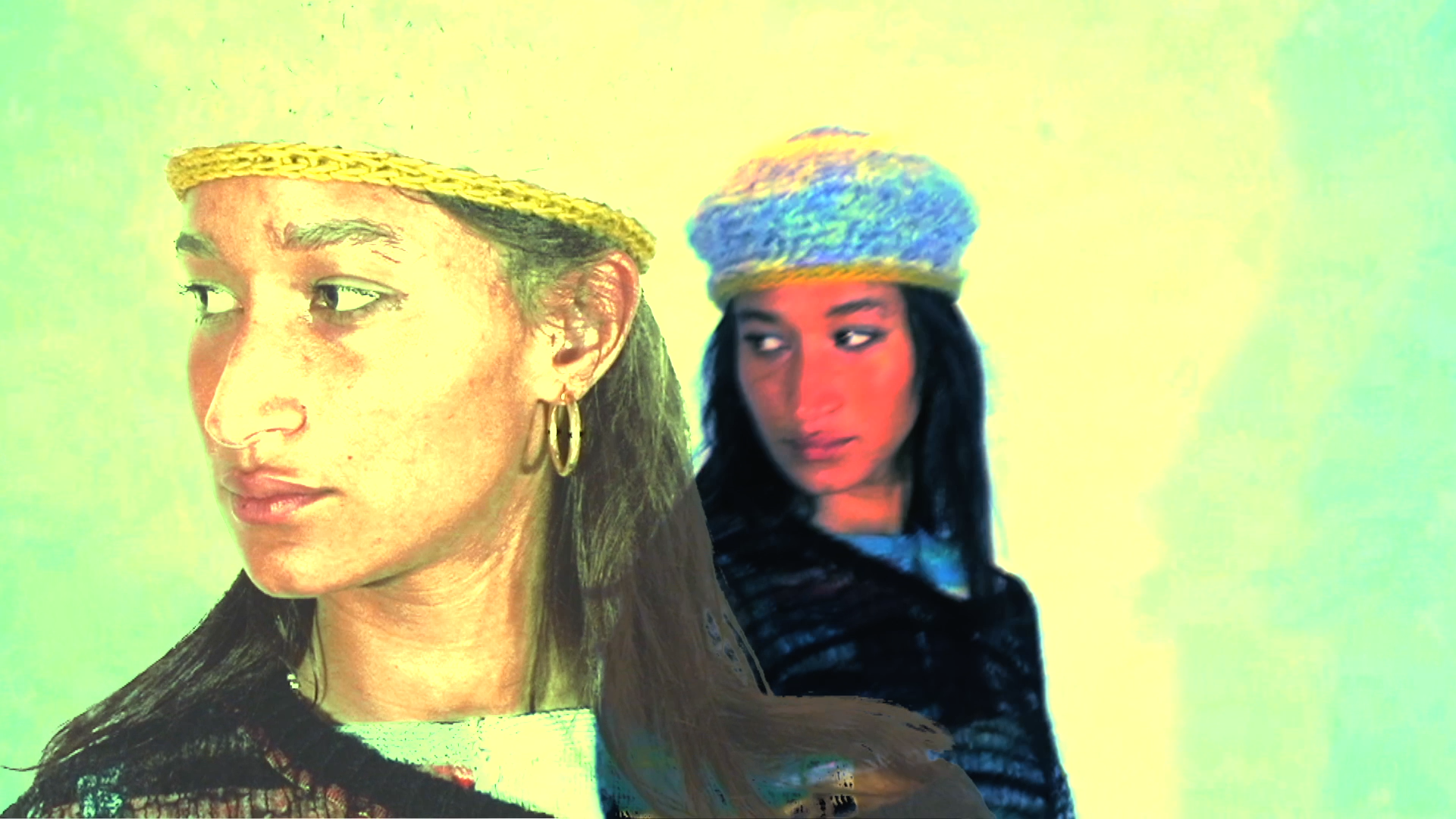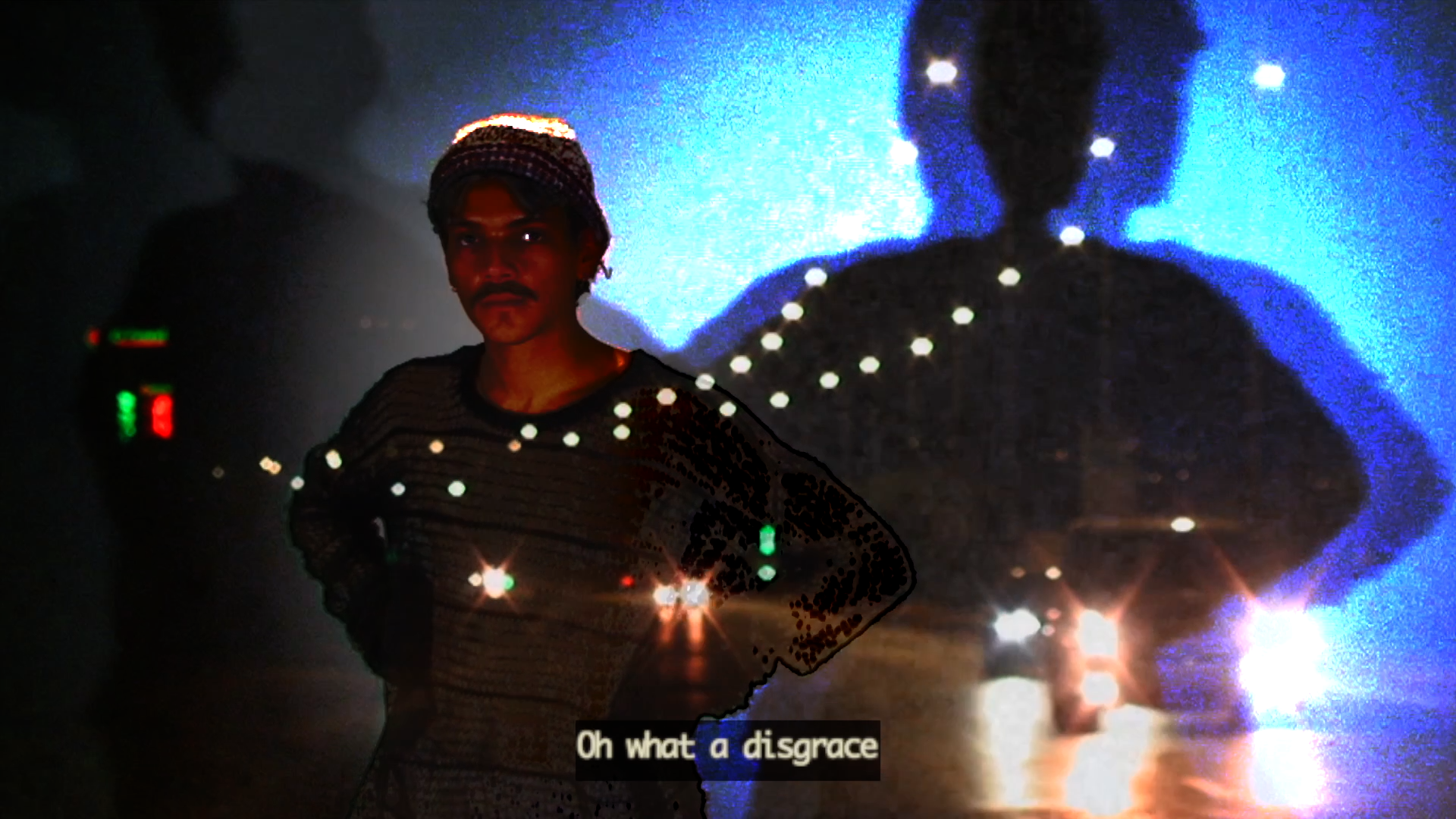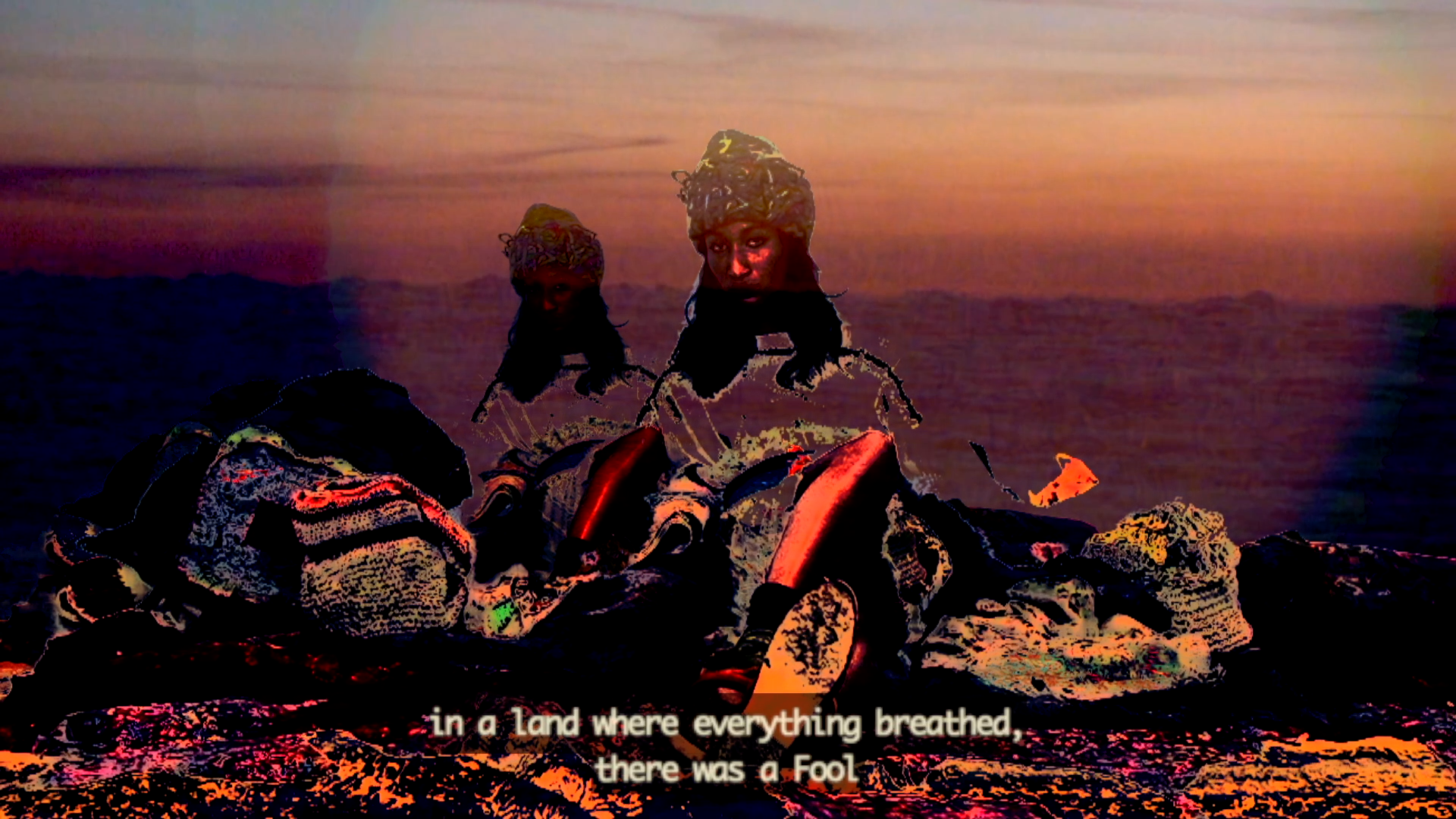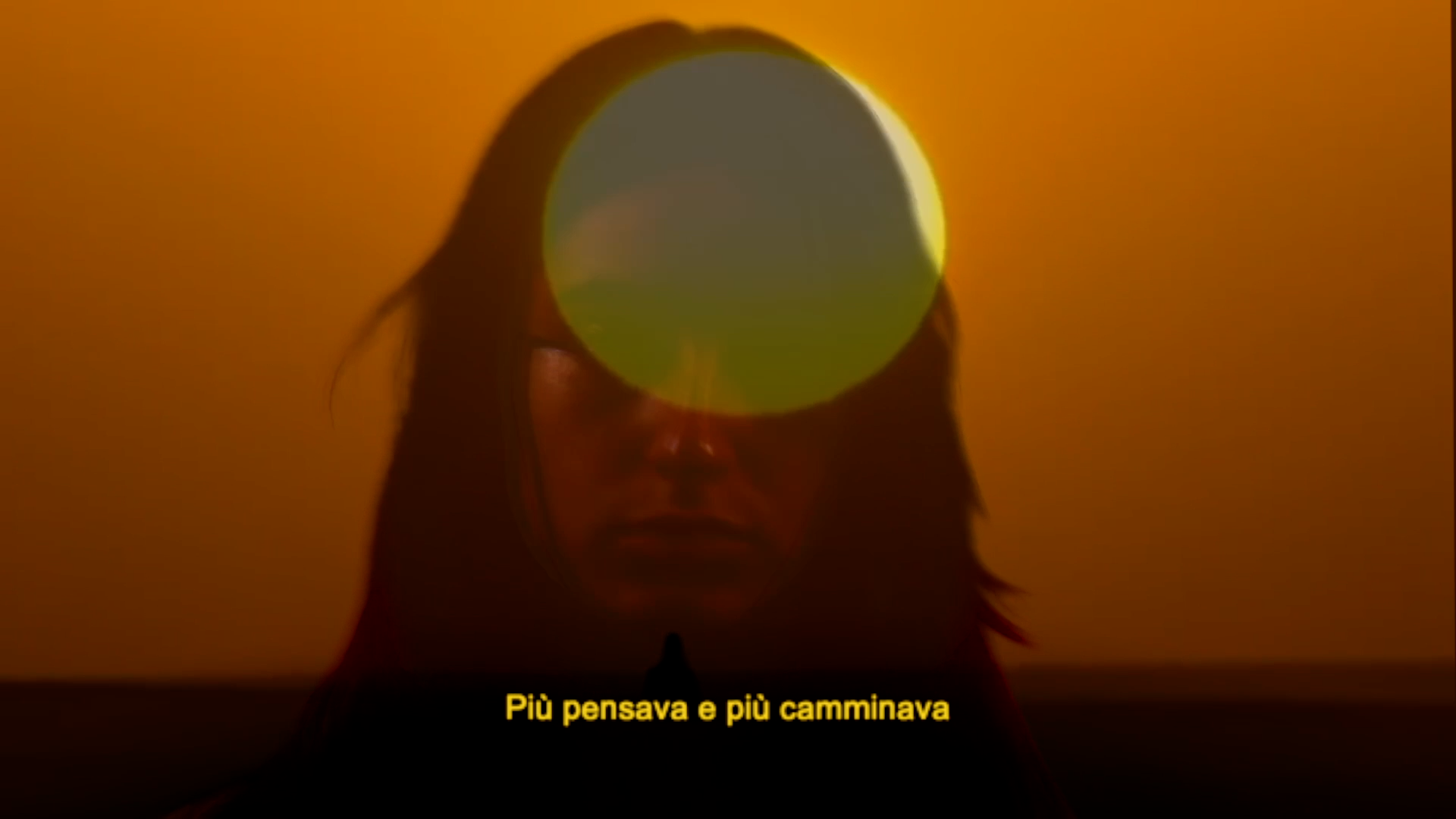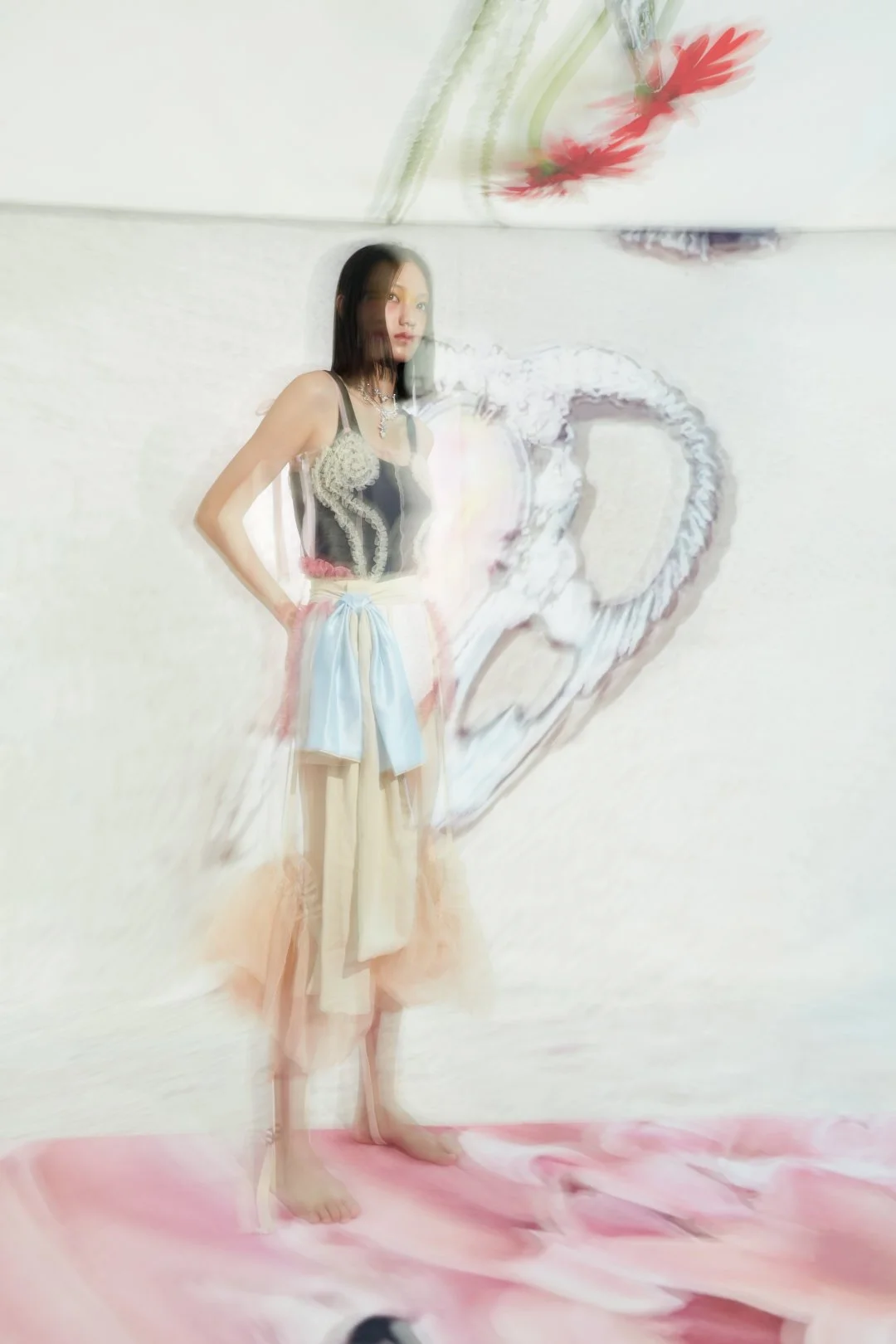Bilal Al Hasan
Every talented filmmaker is sure to add a personal touch to their work. Whether it be something like Wes Anderson’s impeccable set design and color pallets, or Stanley Kubrick’s knack for the uncanny, visual artistry – especially videography and editing – requires a spark of something real in order to help it come to life. Bilal Al Hasan’s pieces are unmistakable from the second you lay your eyes on them: grainy, vintage camera quality meets avant guard editing practices, creating pieces that exist outside of any time and space we’ve ever known.
Guided by the narratives he writes and composes, informed by his Italian upbringing and Jordanian heritage, we take a journey through his subconscious to discover a world which is both authentic and entirely unique to his frame of vision.
The realism of capturing genuine experiences becomes meshed with the imagination in his prose, imploring us to hold onto every detail within frame. This dynamism is perfectly suited to showcase designs from brands such as VITELLI, which recycles yarns in order to create truly spectacular and bold knit pieces. Fashion and sustainability are key features of Hasan’s creative endeavors, as he cofounded the collective ‘TheOnlyOne’, producing and showcasing upcycled designs which truly take on a new life of their own.
Introspection, absurdity, cheekiness, and poetics are all elements of his work, as the flow of the story, and the rhythm of the audio, manage to fuse and exult all of these aspects at once. Every frame from one of his pieces would make sense in both a museum and and a magazine – visual language that is both of his own and universal in a way we cannot get tired of.
Hey Bilal! How have you been doing? What’ve you been up to?
Hey ☺ I’m good thanks! I just finished a class at the university, and now I’m trying to decide if I’m going to treat myself with a coffee or something to eat. What about you?
Why not both?? I’ve been busy with moving, but thankfully things are starting to settle down a bit. I absolutely adore your aesthetic when it comes to your visuals! The mechanical zoom-ins and camcorder quality gives your work a very nostalgic vibe, but then your editing choices warp them in a way that is incredibly unique and fantastical. Why did you decide to opt for this particular kind of film rather than higher definition shots? Is there a message or meaning mixed into the nostalgic aspect?
Thank you so much, but actually my goal has never been to seek for a nostalgic aesthetic. I started without knowing anything and especially without budget; at home I had very basic cameras, untouched for years (basically, they were used back in the days when my sisters and I were little by my parents to videotape our childhood memories). I had to manage – although, I cannot deny that at that time I dreamed of “super mega iper” 4k cameras ahah..
Over time I realized that the one I used had become “Bil’s camera”: I felt that with that camera I could convey real images (although with editing I create a world of my own), because first of all I tried to put me, Bil. Today that camera is the one that best suits what I need and would like to communicate. In this moment of my life there are many things that I have not said and others that I do not yet know what I will say.
I think that personal element makes your work even more special – it’s truly like the eye through which you see the world, making your pieces more original and impossible to replicate. Aside from the visual artistry you compose and conjure in post-production, fashion is also a key feature in many of your works. Naturally a lot of projects are done in collaboration with the brands, but I wonder how the pieces in the videos influence your approach to editing or directing? And in the case of your personal works, if you find that costuming and fashion still influences/is influenced by the premise of the project?
Actually, in collaborating with Vitelli, my approach to work is not strictly influenced by the pieces, but it is rather exalted by them thanks to the very free attitude of the brand in the realization of the clothes themselves. Always staying true to my vision and the way I work; I try to find a meeting point between their creative freedom and mine.
I feel as though in commissions and collaborations, the best results always come from this place of interaction rather than consumption or total direction. Fashion and sustainability are also central aspects of the collective you helped to cofound, “TheOnlyOne”. How did the creation of the group come about, and what is one amazing memory you cherish from it?
It all started with an unexpected encounter in University with a childhood friend with whom I had lost contact for 10 years. He told me about the project he was working on, and at first I contributed with the creation of a design for a sweatshirt. Then, reconnecting with him and two other guys who also participated in the project (they were also childhood friends with whom I had lost sight of over the years), we decided to form a creative collective, keeping the original name: “TheOnlyOne”.
Of those days I can’t forget 2 things in particular: the evenings in the “Bunker” (the basement of one of the components), spent working to the project as a whole, with sometimes the contribution of friends outside the collective who would brainstorm new ideas with us. In those nights we also designed the “TheOnlyDay”: whole days spent with friends, old and new ones, dedicated to the creation of content such as photos and videos, but also filled with moments of union and collectivity through eating together. Looking back, today I am incredibly grateful for this experience that awakened my desire to discover the world, and therefore, myself.
I love how people’s meanings can change so much throughout the course of our lives – people you encountered while getting your footing in the world can suddenly act as key players in entirely different developments later in life! It adds this completely other dimension of personality and love within your works that I adore. I also really love and appreciate the way you tie in elements of your personal life and cultural heritage into your work. As someone who grew up with the nickname “majnuni” growing up, The Persuit of Majnun and Leila really spoke to me and reminded me of so many old home videos my family would show me from Lebanon. Since you went to shoot the project in Jordan, I wonder if the change in environment influenced your approach to directing or filming the project in any way? And again, do you have any memories or impactful moments from working on the project you would like to share?
During the editing, I relived those feelings of freedom and discovery experienced in the journey, and these certainly influenced my approach to work – having tried to keep those feelings alive and make them shine through in the most forward and natural way possible. Reliving those emotions wasn’t too difficult for 2 main reasons: first of all, for the emotion and enthusiasm I had in working on it. Then having simply filmed what we actually did, looking back to the clips, I could relive the most significant moments: like when we were passing through a village near Petra and we attended in the dabke (traditional dance) of a wedding, or when we found ourselves alone at night, in the desert of Wadi Rum, without electricity, without signal, and any other kind of contact with civilization – only the Moon was watching over us.
I have a complicated relationship with that world; it upsets me and fills me with joy at the same time. I tried to exploit his journey to give an answer to my question point, which is for me the Middle East (I think you might understand it too having Lebanese origins). The story of this video and how I decided to represent it, are my answer right now.
I think this is all so evident within the piece and really resonates with people while watching it. Another one of your works that I’m incredibly moved by is your piece Pappareale fra Pappareale. It’s so visually stunning and stimulating, and I found the inclusion of 3D animation added an entirely new dimension to the piece, and also tracking a level of expansion within your craft and body of work. What inspired this new addition? I spent a lot of time stalking you on Vimeo, and I was so intrigued by this inclusion!
In “Pappareale fra Pappareale” the decision to use 3D animation starts from my need to faithfully reproduce the story in my head. Not having a budget and not being able to travel, I took the opportunity to experiment for the first time with new elements, giving to this extremely personal and important “diary chapter” to me an added value, and separating it so from every work of mine. Obviously the difficulties were many – not having studied 3D design, making those spaces took me many months, and also a readjustment of the initial idea. At the same time, I realized that I wanted the focus of this “chapter” to be on the story part (the writing), rather than the visual aspect.
But I think regardless of any adjustments, the fact that you managed to create this your very first time working with 3D animation is so impressive and adds a very literal element of growth and progress to the piece! The more I hear about your work the more I’m enthralled :). Thank you so much for answering my questions! I wanted to circle back to the origin of your works. You started off making videos on YouTube when you were a kid, and I wonder if you can remember the first thing you ever uploaded? What do you think your past-self would think of the work you’re creating now?
Ahahah! It makes me laugh to remember the videos that I published. When I was 13 years old I released the first one, using my sister’s new computer webcam filters and identifying myself in a the filter of a talking pink pig. In general, most of the videos I published were idiotic, even self-referential parodies ☺
At the same time, I tried to make videos on social issues, always ending up never publishing them. My desire was then, that of naively changing the world, trying to convey to people, after creating a following on YouTube, my message of good. Probably if I had to meet the Bil of the past, he would insult me for not succeeding 🤟🏽ahahah but then he’d watch. After all different paths can lead to a common goal, maybe changed, but with the same underlying values.
interview ALIA AYOUBI
What to read next







